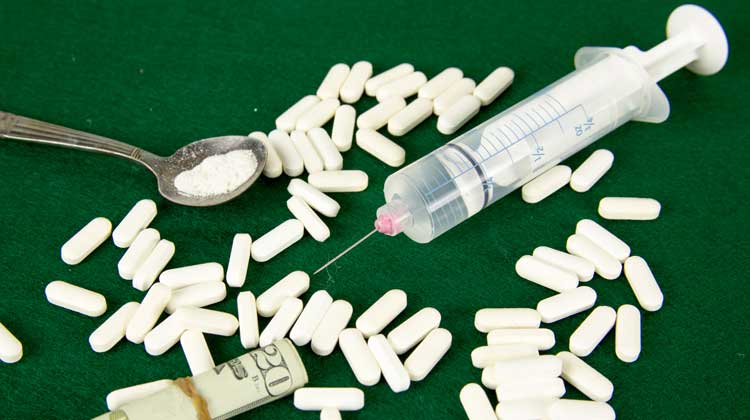
As Congress races to find a legislative solution to address the pending end of the Deferred Action for Childhood Arrivals (DACA) program in March, most media attention has been focused on covering these proposals. However, one border security-related bill recently passed with flying colors that garnered little notice — and may have a significant impact on the current opioid crisis in America.
On January 10, President Trump signed the INTERDICT Act (short for International Narcotics Trafficking Emergency Response by Detecting Incoming Contraband with Technology). According to USA Today, the Act provides $9 million in funding and allows U.S. Customs and Border Protection (CBP) to buy chemical screening devices that can detect fentanyl and other opioids as visitors enter the United States. The bill, sponsored by Rep. Niki Tsongas (D-MA), passed the House 412 to 3 and was unanimously approved in the Senate.
Opiate Addiction Rising in US, Especially among Teenagers
The United States is currently in the midst of an opiate addiction crisis. Its roots can be traced back to the development of prescription narcotics like Vicodin and OxyContin in the 1990s, but the crisis has steadily progressed. Because of their incredibly high addiction potential, oxycodone pills soon found their way on to the black market.
Hardcore users don’t just swallow the pills; they crush them and inhale the powder. They may also dissolve the powder in liquid and inject it to achieve a euphoric state similar to that of heroin use.
The most disturbing aspect of this crisis for Americans is the demographic being affected — their teenage children. The faces of heroin addiction in the U.S. have historically been those worn by people of color, the homeless, rock stars and actors.
However, what started out as stealing prescription pills from parents has evolved into a situation where white upper middle class teenagers are buying and using black tar heroin from Mexico on a regular basis.
Continue reading here.